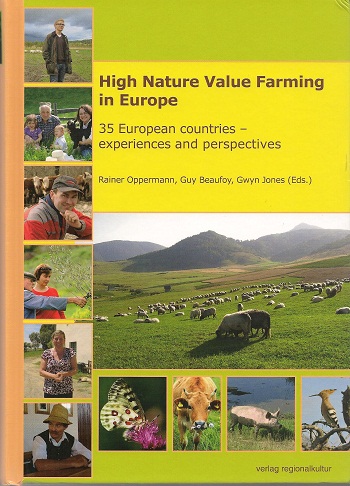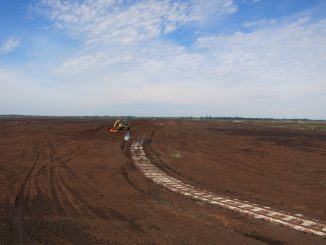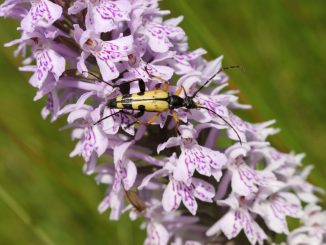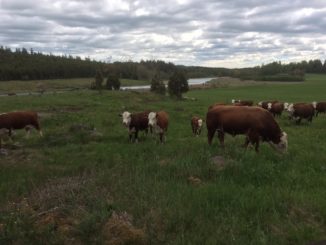High Nature Value (HNV) farming is inherently valuable for biodiversity, and forms a living cultural and natural heritage. HNV farmland comprises semi-natural pastures, meadows and orchards, as well as species-rich arable land, and often retains a wealth of landscape features.
HNV farming is present in all European countries, with a diversity of types and extent. Apart from being the cornerstone of agricultural farmland biodiversity, these types of farming provide a multitude of other services for society, including sustainable rural economies, and the rich social fabric and character of Europe’s landscapes. The environmental socio-cultural and territorial significance of HNV farming is increasingly recognised, but greater awareness is needed amongst policy makers and the wider public.

A new book (see picture) presents an overview of HNV farming across 35 European countries, describing the main characteristics and presenting examples of farming systems, farms and farmers. Beside the country chapters there are thematic chapters looking at a range of issues of farming, nature, economy and policy. Thus the book gives an insight to a very broad subject affecting not only farmers, conservationists and policy makers, but also all people interested in the diversity of European landscapes
Introduced by joint foreword by Commissioners Janez Potočnik and Cioloş, this remarkable collective work is an invitation to browse the concept and practice of HNV farming accross Europe. It has 500 pages richly illustrated with diagrams, photographs and maps, is available at the European Forum for Pastoralism and the Nature Conservation (EFNCP). Price: 45 euros + postage. book@efncp.org
For further details and a list of the book chapters and authors see http://www.efncp.org/publications/books/





